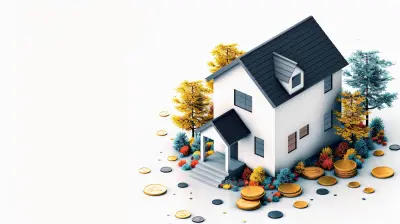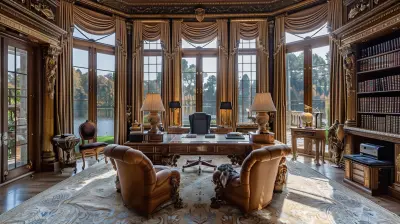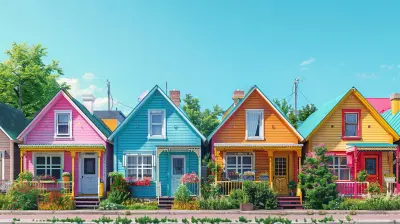A Beginner’s Guide to Tiny Home Living Off-Grid
3 June 2025
Living in a tiny home and going off-grid might just be the ultimate fantasy for anyone who's tired of the hustle and bustle of city life. It’s a lifestyle focused on freedom, sustainability, and simplicity. Sounds dreamy, right? But before you pack up your things and head for the hills, there’s a lot to consider. Don’t worry, though—I’ve got you covered. This guide will walk you through everything you need to know about tiny home living off-grid, especially if you’re just getting started.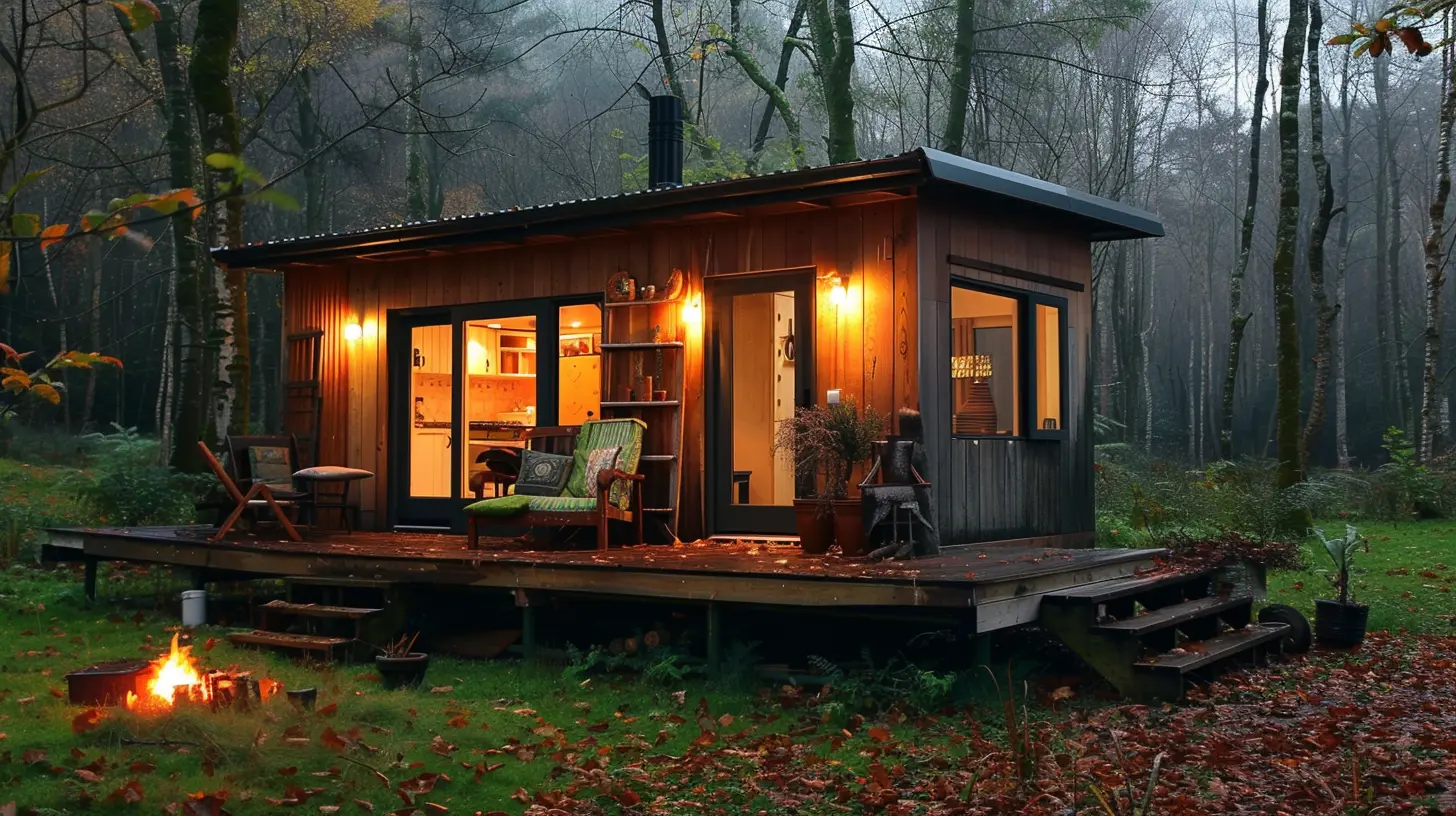
What Does It Mean to Live Off-Grid in a Tiny Home?
Let’s start with the basics. Living off-grid means cutting ties with public utilities—goodbye electricity grid, water supply, and sewage systems. Instead, you’ll have to rely on alternative resources like solar panels for electricity, rainwater collection, and composting toilets.Combine this with a tiny home, typically anything under 400 square feet, and you’ve got a lifestyle that emphasizes minimalism and sustainability. Sounds simple, right? But make no mistake—it’s not just about downsizing; it’s about rethinking your entire way of living.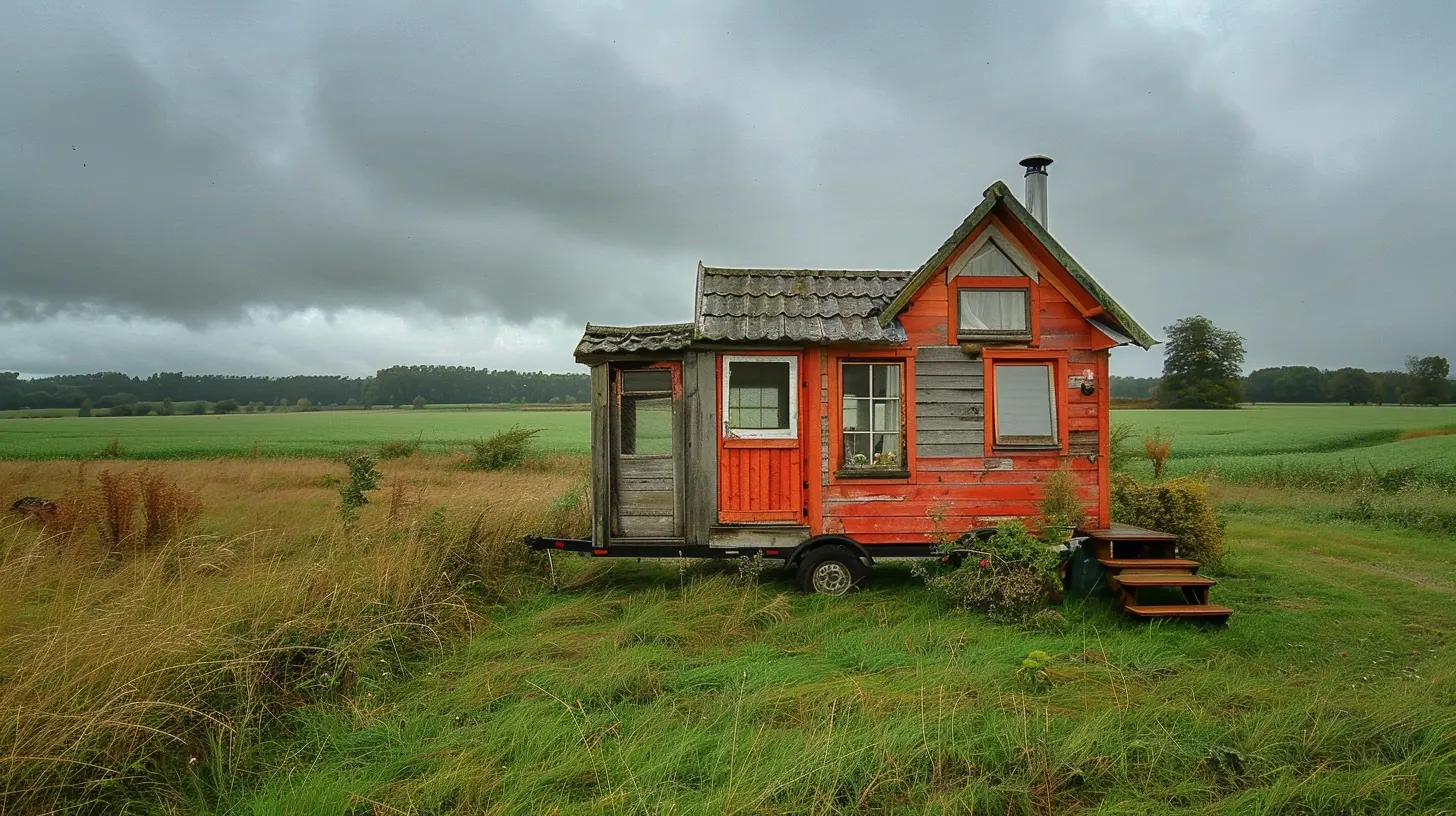
Why Choose Tiny Home Living Off-Grid?
Let’s be real: there’s no “one-size-fits-all” answer here. People choose this lifestyle for different reasons. Maybe you’re sick of sky-high rent prices or mortgage payments. Or perhaps you’re looking to reduce your carbon footprint. Heck, you might even just crave the peace and quiet of a forest or desert.But it’s not just about saving money or the planet. Living tiny and off-grid inspires a sense of independence. You’ll learn new skills—like how to fix your solar panel when it stops working (don’t panic, you’ve got this). Plus, isn’t there something satisfying about knowing you can live comfortably without relying on “the system”?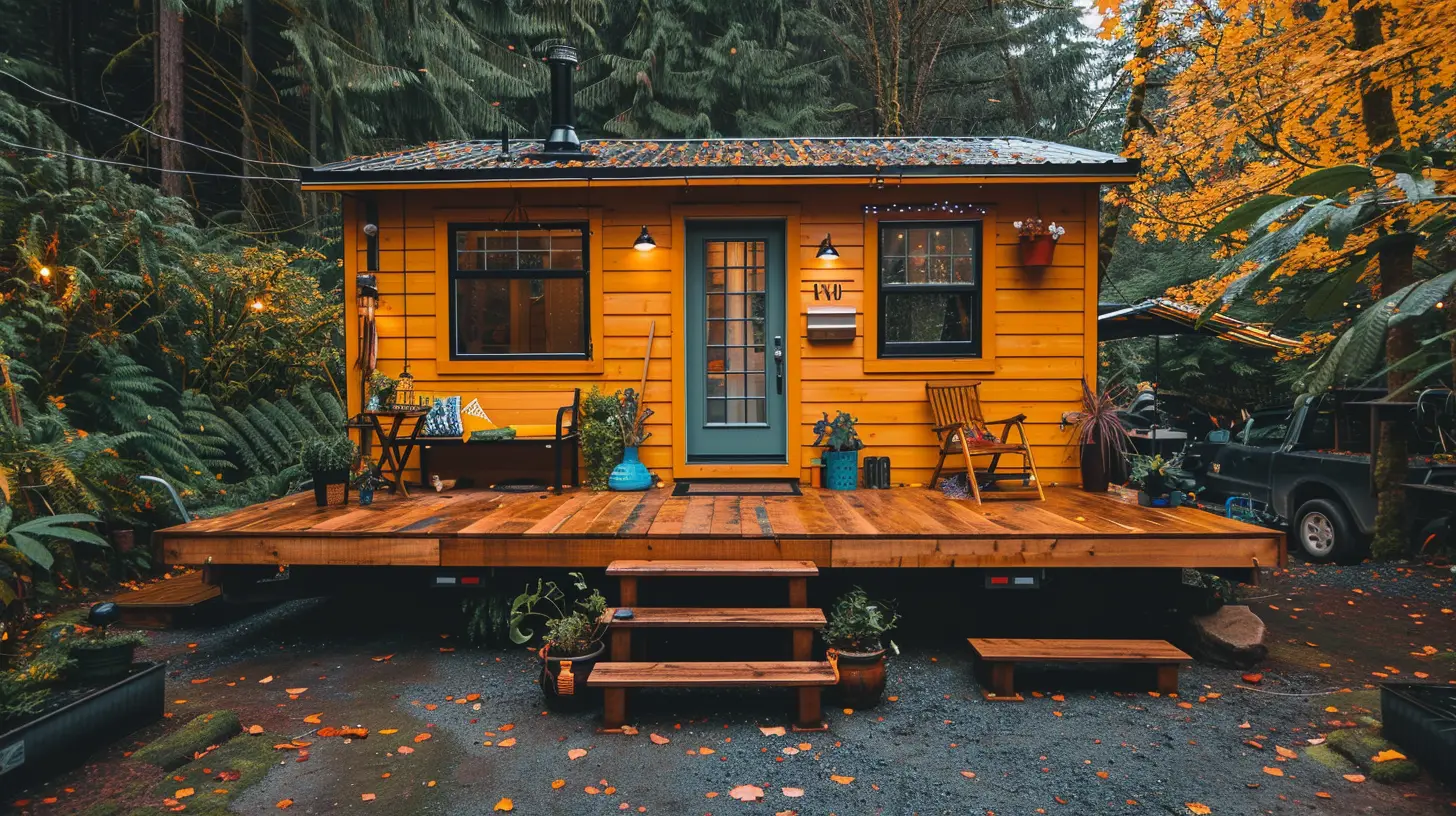
Things to Consider Before Taking the Leap
Now, before you start sketching tiny house designs on napkins, there’s some serious planning to do. Tiny home living off-grid isn’t for everyone. Here are a few things to think about:1. Zoning Laws and Building Codes
This one’s a biggie. Before buying land, make sure you understand the local laws. Some areas have restrictions on tiny homes or off-grid living. You don’t want to invest in your dream only to find out you can’t legally live there, right?2. Your Financial Situation
Sure, tiny homes are more affordable than traditional houses, but they’re not free. Building or buying a tiny home can still cost $20,000 to $150,000 depending on customization. On top of that, you’ll need to buy land, install solar panels, and set up water and waste systems. Budget wisely!3. Your Lifestyle
Can you really live in 200 square feet without losing your mind? Can you handle composting your toilet waste? Be honest with yourself. If you’re a hoarder or need daily trips to Starbucks, this lifestyle might feel like a culture shock.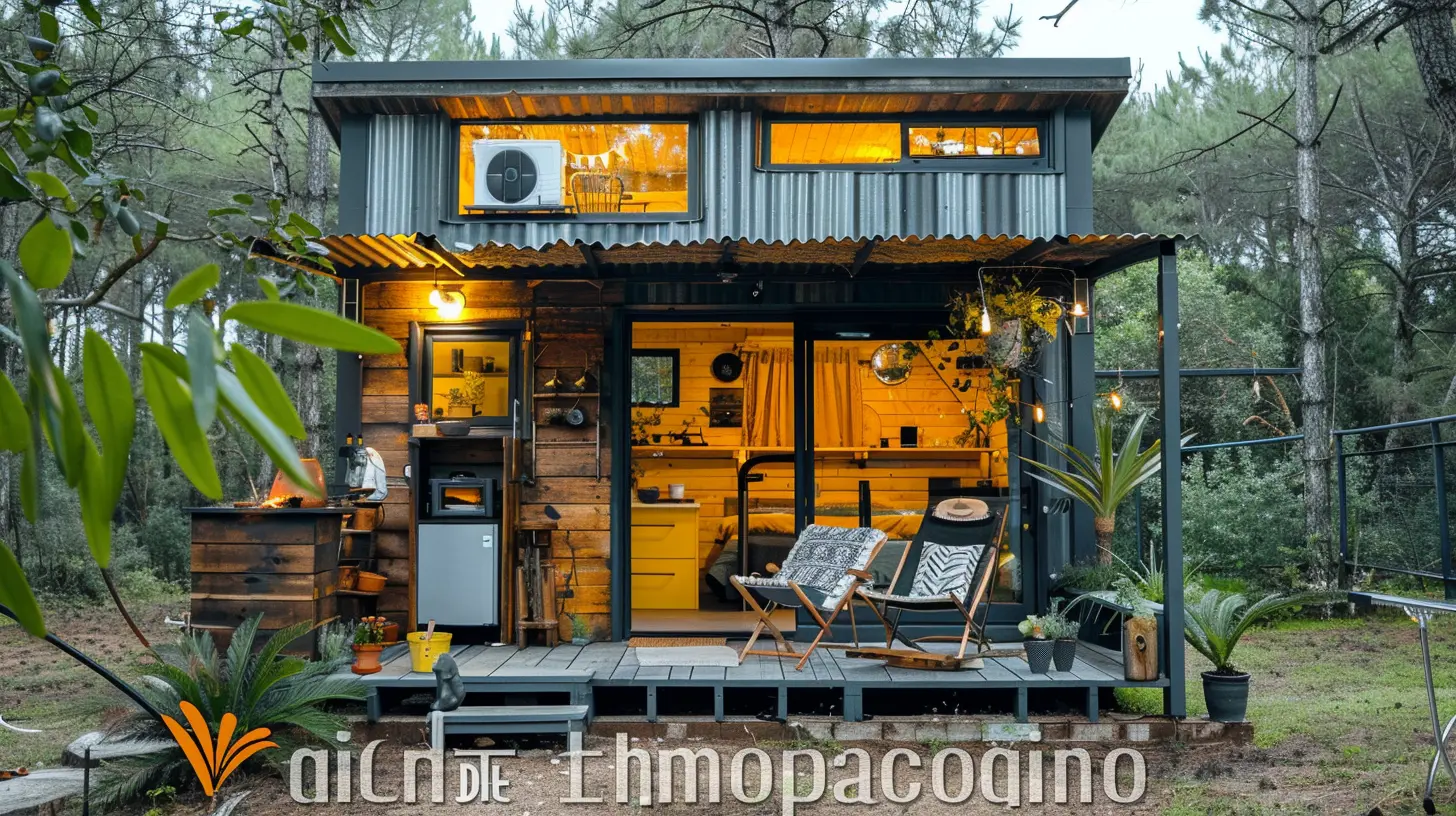
Designing Your Perfect Off-Grid Tiny Home
Once you've done your homework and decided this lifestyle is for you, the fun begins—designing your home!1. Choose Mobility: Stationary or on Wheels?
Do you want a foundation-built tiny home, or one on wheels that you can take on the road? A stationary home feels more, well, permanent. But a mobile home gives you the freedom to chase new adventures whenever you feel like it.2. Maximize Space with Clever Design
In a tiny home, every inch counts. Think loft beds, foldable tables, and multipurpose furniture. Have you seen those couches that turn into storage? Total game-changer.3. Prioritize Off-Grid Features
Invest in good-quality solar panels for electricity and a reliable water source. Don’t skimp on insulation either—you’ll thank me when winter rolls around. And don’t forget a composting toilet; it’s kind of non-negotiable.Off-Grid Essentials You’ll Need
Let’s talk nuts and bolts. Here’s what you’ll need to live comfortably off-grid in your tiny home.1. Solar Power
Solar panels are the bread and butter of off-grid living. They’ll provide the electricity for your lights, fridge, and laptop (because yes, you can still binge Netflix off-grid). Just make sure you calculate your energy needs before buying a system.2. Water Source and Storage
Think rainwater collection systems, wells, or even water delivery services. And don’t forget a decent filtration system—nobody wants to deal with stomach issues in the middle of nowhere.3. Composting Toilet
Yup, it’s a fancy way of saying you’ll handle your own waste. But hey, it’s eco-friendly, and modern composting toilets are a lot less gross than you’d think.4. Sustainable Heating and Cooling
Wood-burning stoves, propane heaters, or a mix of both can keep your tiny home cozy in the winter. For summer? Think cross-ventilation and maybe a small solar fan. Keeping it simple is key.Challenges You’ll Face (And How to Overcome Them)
Let’s not sugarcoat it—off-grid tiny home living isn’t all Instagram-worthy sunsets and cozy nights by the fire.1. Limited Space
You’ll have to get creative with storage. Remember, if it doesn’t spark joy (thanks, Marie Kondo), it doesn’t belong in your tiny home.2. Learning Curve
Fixing a broken solar system or purifying water isn’t something most of us know how to do at first. Be prepared for some trial and error—and a few YouTube tutorials.3. Loneliness
Living off-grid often means being far from neighbors and friends, which can get isolating. Stay connected through regular visits to town or, if internet’s an option, video calls.The Emotional Payoff of Tiny Home Living Off-Grid
Despite the challenges, there’s something magical about living tiny and off-grid. You’ll wake up each day feeling more connected to nature and less tied to material possessions. It’s an opportunity to live intentionally, focusing on what truly matters.Living off-grid also teaches resilience. When you manage to fix your water system or figure out how to store enough power through the winter, you’ll feel like a superhero. Plus, you’ll be living in harmony with the planet—how many people can say that?
Tiny Home Living Off-Grid: Is It Right for You?
So, is this lifestyle calling your name? If you’re adventurous, resourceful, and ready to embrace minimalism, it could be the perfect fit. But don’t dive in headfirst—do your research, plan meticulously, and prepare for a bit of a learning curve.Remember, this isn’t just a house; it’s a whole new way of life.
all images in this post were generated using AI tools
Category:
Tiny HomesAuthor:

Kingston Estes
Discussion
rate this article
3 comments
Gabriel McBride
This insightful guide to tiny home living off-grid emphasizes sustainability and minimalism, making it perfect for beginners. It beautifully captures the essence of a simpler lifestyle and environmental consciousness.
June 12, 2025 at 3:50 AM

Kingston Estes
Thank you for your kind words! I'm glad you found the guide helpful and that it resonates with the values of sustainability and minimalism. Happy tiny living!
Halle McClain
This article provides invaluable insights for anyone intrigued by tiny home living off-grid. It expertly covers essential considerations and practical tips, making it a perfect starting point for beginners aiming to embrace a minimalist lifestyle sustainably.
June 10, 2025 at 11:47 AM

Kingston Estes
Thank you for your kind words! I'm glad you found the article helpful for beginning your tiny home journey.
Savannah Cruz
What a delightful read! Tiny home living off-grid offers freedom and simplicity—perfect for those seeking adventure and sustainability. Embrace the joy of minimalism and let the journey begin! 🌿🏡✨
June 6, 2025 at 3:00 AM

Kingston Estes
Thank you for your lovely comment! I'm glad you enjoyed the article and share the passion for adventure and sustainability in tiny home living! 🌱🏠✨
